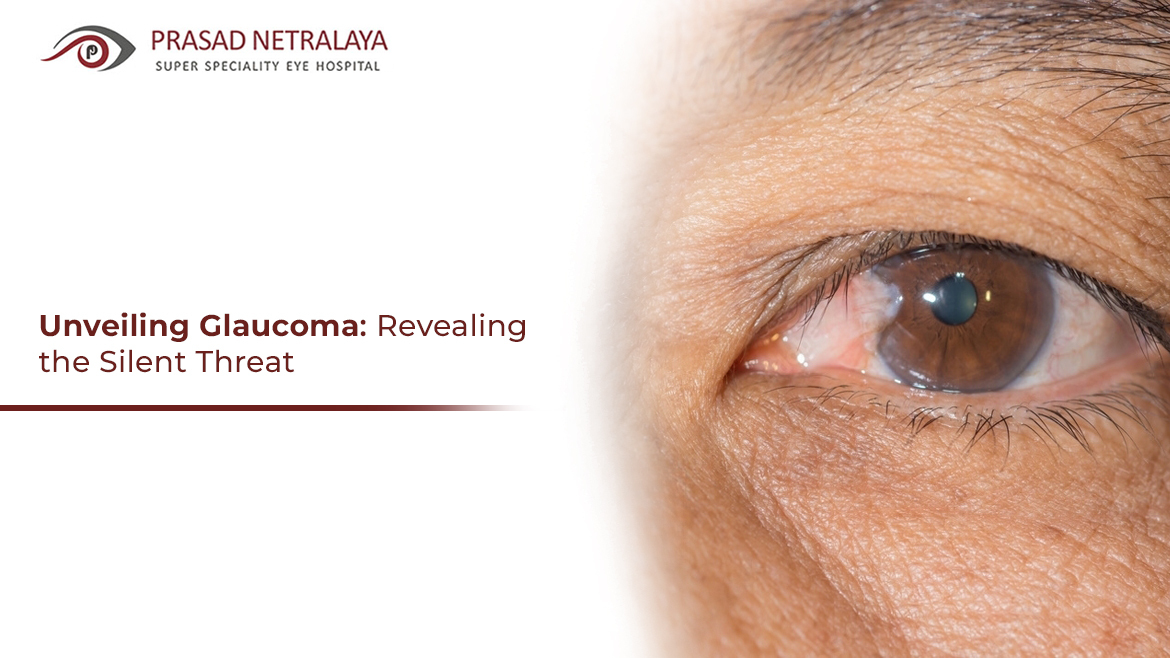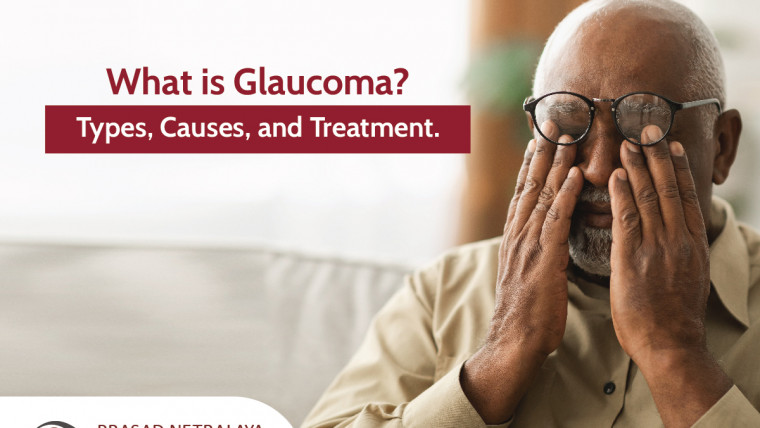Glaucoma is not one disorder but rather a term given to an extensive collection of eye conditions. In all types of glaucoma, the patient suffers from optic nerve damage due to a marked rise in intraocular pressure, which eventually leads to vision loss or even blindness.
According to the Centre for Disease Control and Prevention, Glaucoma has affected over 60 million people globally, making it the second most common cause of blindness.
It’s known as ‘the silent threat’ because about half the people with this disorder aren’t aware that they suffer from this condition due to lack of symptoms.
Table of Contents
What Are The Common Types of Glaucoma?
Let’s have a look at the most common kinds of glaucoma worldwide.
1. Primary Open-Angle Glaucoma (POAG)
Primary open-angle glaucoma is characterised by a gradual clogging up of the drainage system of the eye, causing pressure build-up and damage to the optic nerve.
This condition is asymptomatic as it doesn’t produce any symptoms except occasionally patchy blind spots in an individual’s peripheral view.
2. Angle-Closure Glaucoma
Angle-closure glaucoma tends to be quite sudden and acute in its onset and occurs when the drainage angle between a person’s iris and their corneas narrows. Similar effects then take place — a build-up in intraocular pressure, leading to headaches, blurry vision, and eventually vision loss.
3. Normal-Tension Glaucoma
Normal-tension glaucoma occurs even though there is no measurable increase in intraocular pressure. The exact cause of this kind of glaucoma is still unknown, but research suggests that it could be due to chronically low vascular blood flow or Raynaud’s syndrome (a phenomenon where the individual’s blood vessels narrow due to cold temperatures or emotional stress).
What Are Some Risk Factors that Cause Glaucoma?
To understand this condition better, let’s dive into the risk factors that make an individual susceptible to this disease:
- Family history/hereditary factors
- Medical conditions like high BP, heart disease, and diabetes
- Ethnicity- African, Asian, or Hispanic people tend to be more susceptible
- Long-term usage of corticosteroids makes one more likely to contract this disease later in life
Symptoms of Glaucoma
The symptoms of glaucoma depend on the type and stage of the condition.
Open-angle glaucoma (the most common form of glaucoma) often shows no symptoms other than slow vision loss in your central and peripheral vision.
Symptoms of acute angle-closure glaucoma include the following:
- Severe headaches
- Eye pain
- Vomiting or nausea
- Blurred vision
- Halos around lights
- Redness in the eye
In normal-tension glaucoma, you wouldn’t show symptoms in the early stages. However, you’d gradually experience blurred vision and loss of side vision.
Symptoms of pigmentary glaucoma include the following:
- Halos around lights
- Gradual loss of side vision
- Blurred vision with exercise
Glaucoma in children can lead to the following symptoms:
- Blurred vision
- Gradual worsening of nearsightedness
- Headaches
- In infants:
- Dull or cloudy eye
- Increased blinking
- Tears without crying
How To Diagnose Glaucoma
Unfortunately, glaucoma cannot be diagnosed before a complete eye examination by an eye doctor.
When diagnosing glaucoma, your doctor will use specialized investigations like
- Tonometry (measuring intraocular pressure)
- Dilated eye examination and imaging tests (to test for optic nerve damage)
- Visual field test (to check for areas of vision loss)
- Pachymetry (to measure corneal thickness)
- Gonioscopy (to inspect the drainage angle)
- Optical coherence tomography (to diagnose and detect the amount of damage caused by glaucoma)
What Are Some Treatments of Glaucoma?
Unfortunately, there is no cure for glaucoma. However, early detection can help in delaying vision loss. The primary aim of the treatment is to release the intraocular pressure and prevent it from further deteriorating in the optic nerve.
1. Prescribed Medication
Prescribed eye drops tend to be given to patients who detect the condition in its infancy stages when the intraocular pressure is relatively lower. These drops reduce the eye’s fluid production or help in increasing its drainage.
2. Laser Therapy
Laser therapy is suggested for patients for whom eye drops don’t work. It helps in draining the fluid from the eye. Popular laser treatment procedures are SLT (selective laser trabeculoplasty) and LPI (laser peripheral iridotomy).
3. Surgery
Surgery is recommended when medication and lasers don’t work. One example is Trabeculectomy. During this surgery, the doctor will make a minute cut to help improve fluid drainage in the eye.
Also Read : What are the Causes of Glaucoma? And More on its Types and Treatment
Prevention is Better than Cure: Head Over to Prasad Netralaya Hospital Today!
While Glaucoma isn’t fatal, it is a progressive disease that will result in vision loss eventually. Head over to Prasad Netralaya Eye Hospital today to get your eye pressure checked along with a host of other best-in-class check-up options at the most affordable rates.
If you already suffer from some symptoms, discuss treatment options with our leading ophthalmologists. They’ll help you see a brighter future.
Dr. Vikram Jain, M.S. had his medical training (MBBS) from Kasturba Medical College, Mangalore, India. He did his master’s in Ophthalmic surgery from Kasturba Medical College, Manipal. He currently manages the Glaucoma department of Prasad Netralaya hospital.



